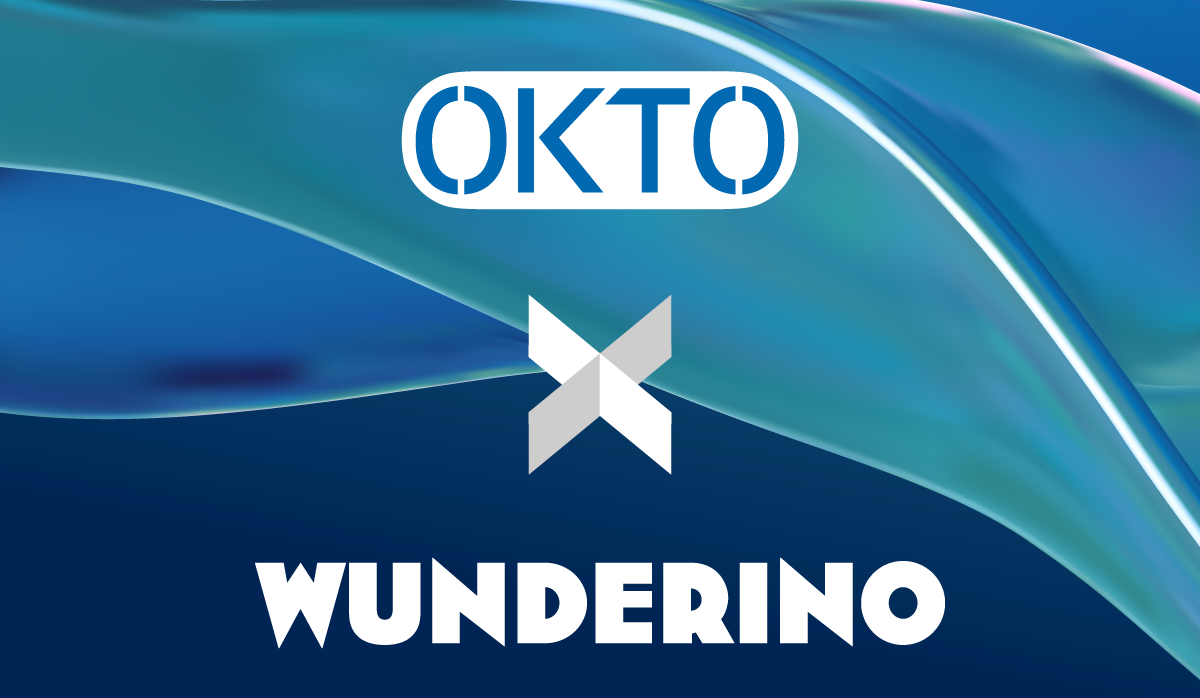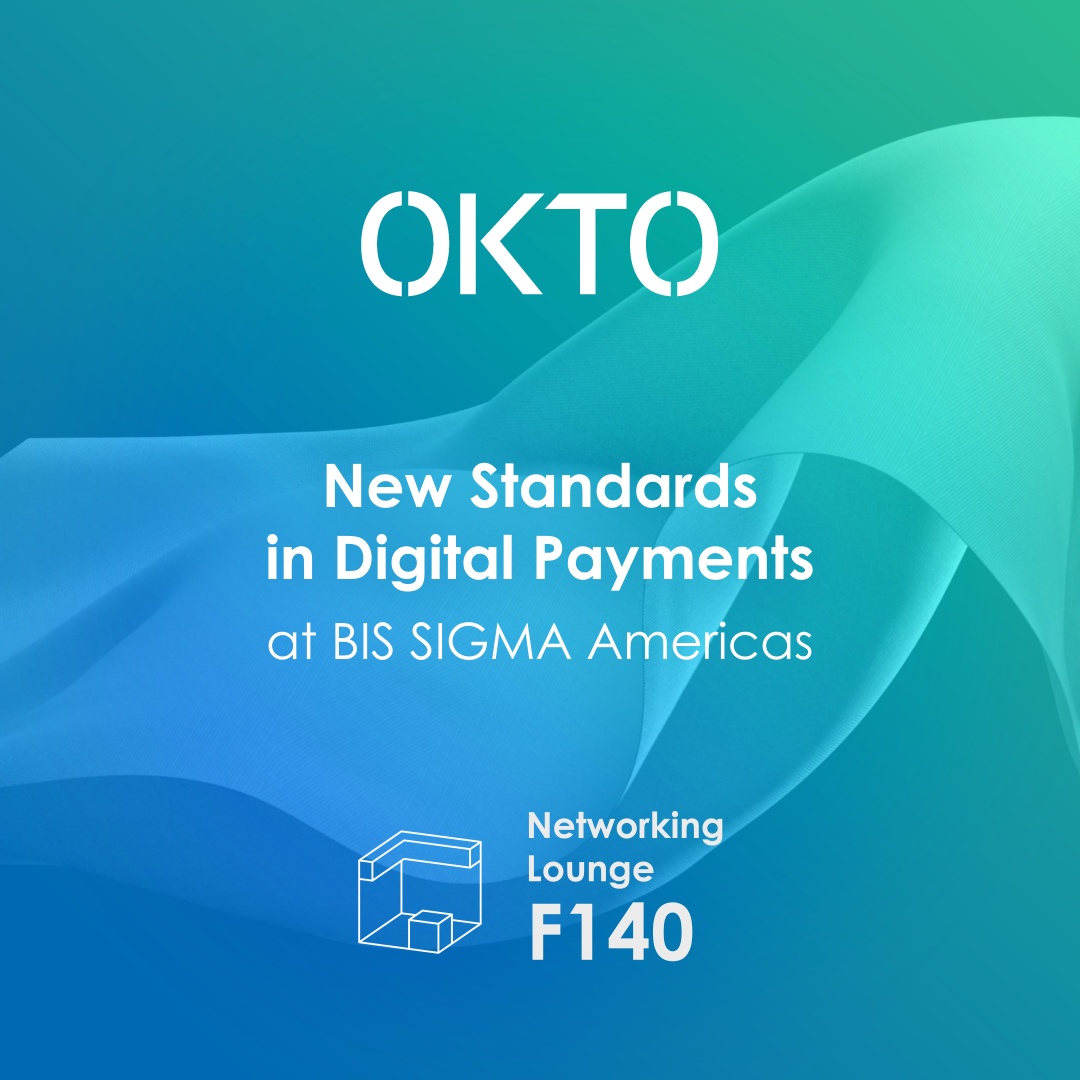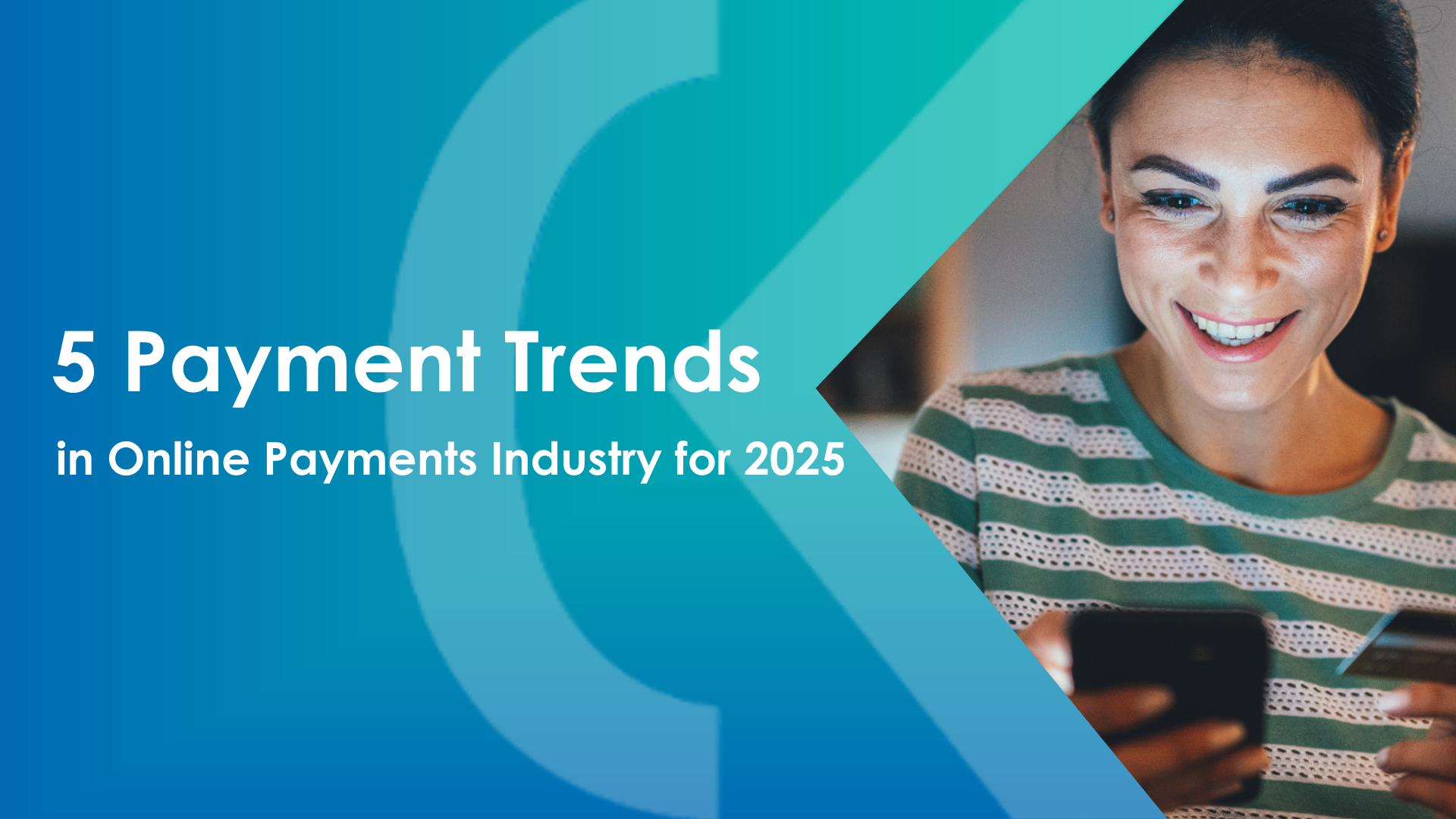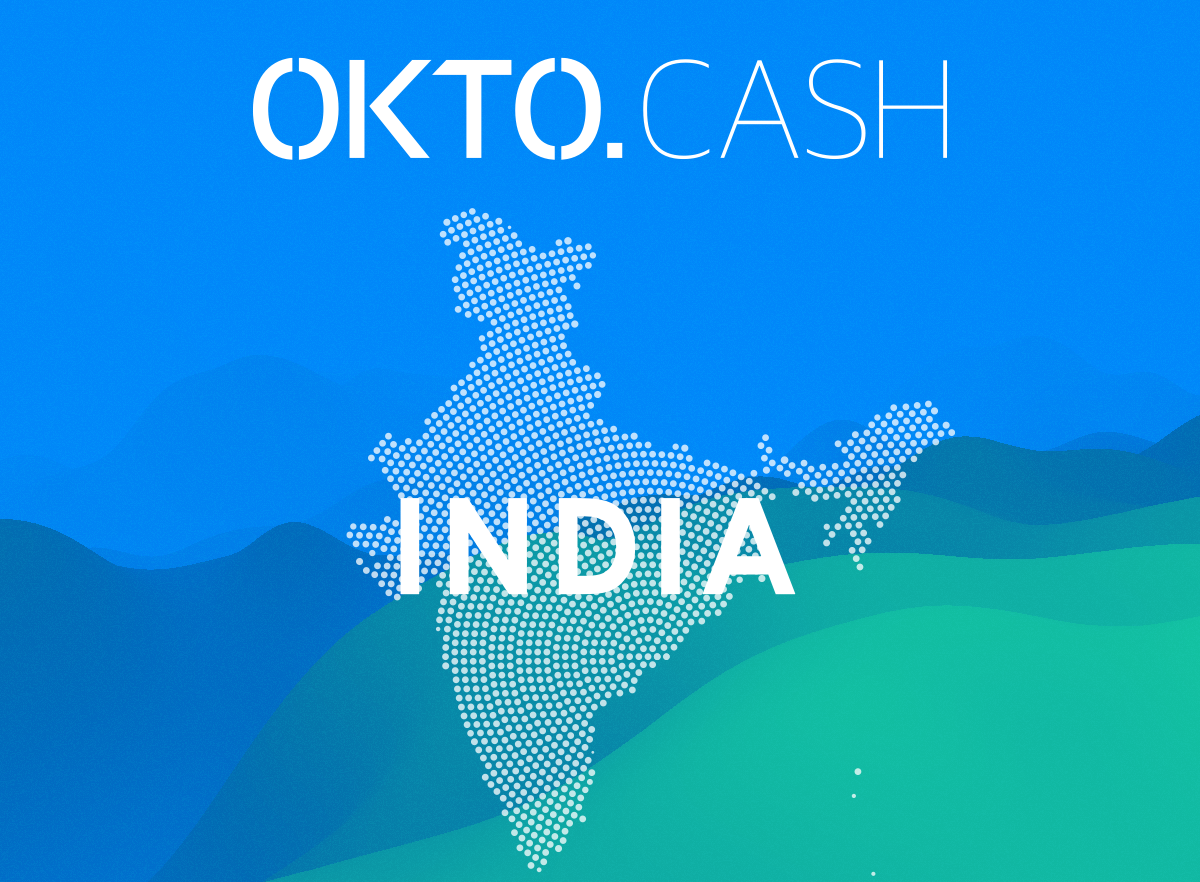Payment Gateway Definition
A payment gateway is a payment service that facilitates the processing of online payments for businesses. It acts as an intermediary between the merchant’s website and the payment processor where it securely transmits payment information.
How Does Payment Gateway Work?
A payment gateway allows businesses to accept payments from customers through online portals. When a customer places an order on a website, the payment gateway encrypts the payment information and sends it to the processor for authorization. Afterwards, the processor verifies the transaction details and if it gets approved then the payment gateway sends a confirmation message back to the merchant’s website. Therefore, the transaction is processed.
What Are the Benefits of Using a Payment Gateway?
There are multiple benefits for a business when it adopts a payment gateway into its processes. From faster payment processing to enhanced security, a business can elevate the users’ payment experience and optimize the customer satisfaction by implementing a payment gateway solution.

1. Faster Payment Processing
Payment gateways enable businesses to receive payments instantly while eliminating the need for traditional payment methods like cash. Therefore, the speed of the payment process is very likely to be increased while the cash flow of the business will be improved. It should be added that payment gateways automate the payment process while reducing the need for manual intervention in transaction processing. As a result, the overall payment workflow will be improved and human errors will be eliminated.
2. Global Reach
Furthermore, payment gateways enable businesses to accept payments from customers around the globe. As a result, the customer base can be expanded and opportunities for international sales might be opened. Furthermore, a payment gateway solution can be combined with a cross-border service which promises secure, swift and seamless global money processing.
3. Localized Payment Methods
A pivotal feature of a payment gateway is its adaptability to diverse consumer preferences and regional payment ecosystems. In catering to a global audience, payment gateways go beyond convectional payment options and seamlessly integrate a spectrum of localized payment methods. These methods include digital wallets, bank transfers or other alternative payment methods. By accommodating a range of payment preferences, including region-specific choices, payment gateways ensure inclusivity and accessibility. For example, digital wallets offer a convenient and contactless payment experience, leveraging the ubiquity of smartphones.
4. Increased Conversion Rates and Improved Cash Flow
Payment gateways provide a seamless and hassle-free checkout experience, reducing the chances of abandoned carts while increasing completed transactions. Moreover, quick payment processing helps businesses improve their cash flow as they may rely on timely payments to manage their operations.
5. Enhanced Security and Compliance
In addition, it incorporates advanced security measures to protect sensitive customer information which helps in building customer trust and reduces the risk of data breaches. Payment gateway solutions implement robust security measures such as encryption, tokenization and multi-factor authentication to enhance the security of sensitive data and ensure compliance with global regulations.
6. Improved Customer Experience
In today’s marketplace, where tech-savvy consumers dictate the pace, the demand for swift and adaptable payment processes has never been more pronounced. Therefore, a payment gateway needs to not only cater but anticipate these expectations, ensuring that each transaction is a frictionless and user-friendly encounter. Depending on the level of convenience that a payment gateway provides, it can enhance customer satisfaction and contribute to boosting the customer lifetime value. Furthermore, by streamlining the payment process, businesses not only secure customer loyalty but also elevate the customer lifetime value. To conclude, a payment gateway becomes a pivotal touchpoint where technology converges with consumer expectations, fostering a positive and lasting impression that resonates through the customer-business relationship.










